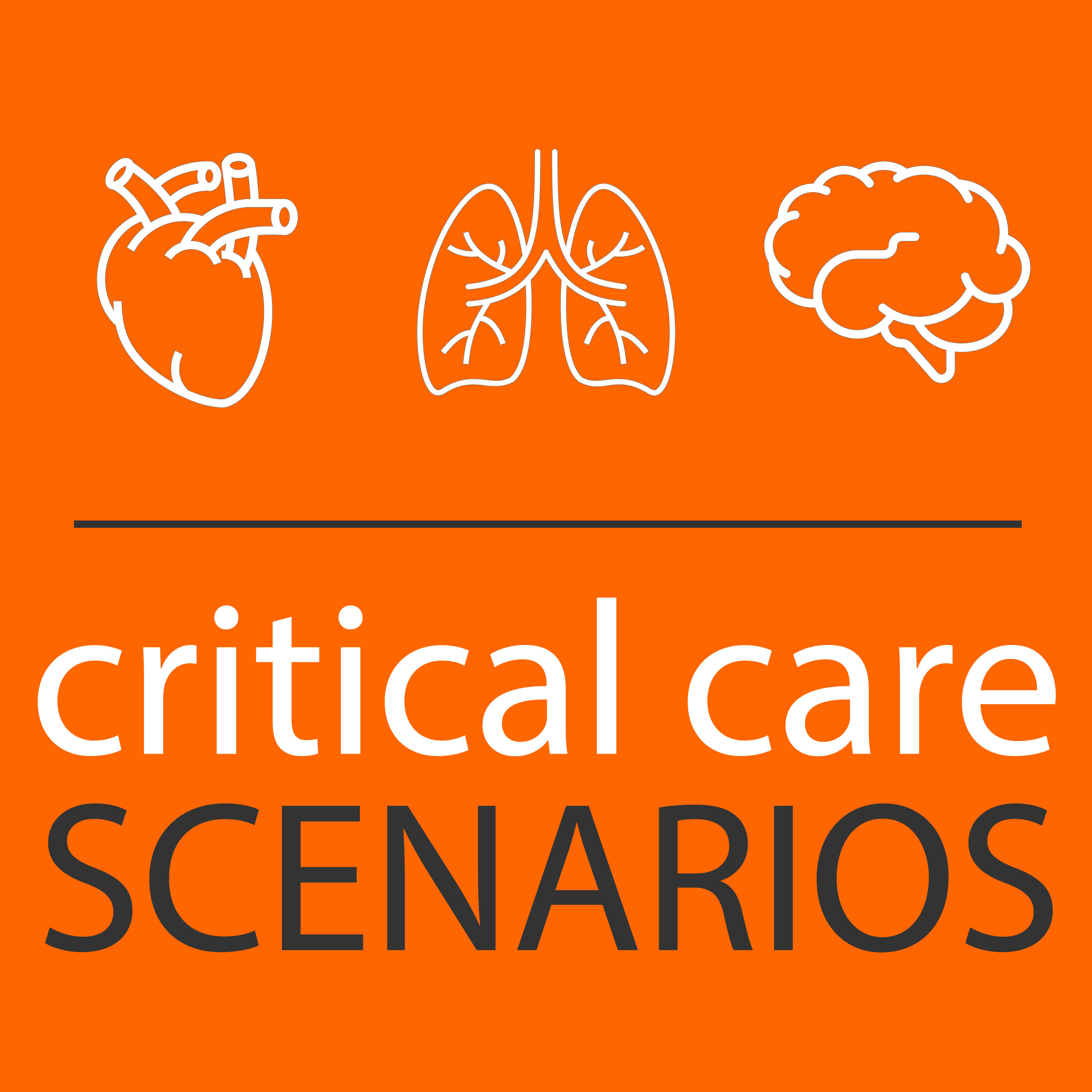Episode 73: POCUS for nephrology, with Abhilash Koratala
Description
We discuss the role of point-of-care ultrasound in evaluating the patient with kidney injury and assessing volume status, with Abhilash Koratala (@nephroP), nephrologist, Director of Clinical Imaging for Nephrology at the Medical College of Wisconsin, and champion of nephrology-focused ultrasound.
Find us on Patreon here!
Buy your merch here!
Takeaway lessons
* A quick kidney and bladder ultrasound to rule out urinary obstruction is appropriate for most significant AKIs, maybe even if it was done previously (as obstruction can develop at any time).
* Ultrasound of the lungs and IVC help establish the presence of elevated filling pressures; if present, the VEXUS scan can be performed to establish the presence of venous congestion that might be contributing to kidney injury.
* Pulmonary edema as evidenced by B-lines establishes that the patient is not fluid tolerant, and suggests that further volume loading may be harmful. It increases the chance that AKI is due to congestive nephropathy as well, although each can also occur in isolation (and of course AKI can be a cause, leading to volume retention and then pulmonary edema).
* Abhilash does an 8-zone lung exam (2 anterior and 2 lateral zones on each side), which is plenty for cardiogenic pulmonary edema. He does not really count B-lines; if he sees B-lines in more than one dependent zone, he takes it as evidence the patient could be decongested.
* IVC is a reasonable method of estimating RAP; it is not reliable to gauge fluid responsiveness or other questions. The internal jugular vein is a good fallback if the IVC is untenable or seems unreliable, such as if bandages limit access, or the presence of cirrhosis (which alters local vasculature in unpredictable ways). Look for the highest point of distention and measure roughly from the sternal angle, adding it to the right atrial depth to approximate the CVP (usually ~5 cm although this is not very reliable).
* A non-plethoric IVC and absence of B-lines suggests a fluid tolerant patient. He uses the ACE guidelines of IVC >2.1 and 50% collapse with deep inspiration (sniff) to equate RAP ~15 mmHg.
* In the presence of elevated RAP, VEXUS helps determine whether that change is likely to be affecting organ perfusion by altering flow characteristics. Higher VEXUS scores are well-associated with risk of AKI.
* High RAP with a low VEXUS suggests that congestive nephropathy is not actively worsening renal function, whereas a higher VEXUS suggests the opposite. Serial VEXUS scans help track the progress of decongestion to dial in a patient to an optimal fluid balance.
* VEXUS is a right-sided heart parameter, so the state of the left heart’s filling may differ somewhat (e.g. as evidenced by lung markers like pulmonary edema—so track your B-lines too!). It is probably more precise and reliable than other markers like peripheral edema.
* Right and left heart filling should generally be well-linked. Venous congestion and elevated RAP usually indicate a well-filled LA as well, unless the lungs are acting as a significant resistor. If major PH is present, consider introducing measures like pulmonary vasodilators instead of further fluid loading; overdistending the RV will not help the LV.
* Although portal vein pulsatility can usually move towards normal after optimal decongestion, hepatic vein waveforms may remain abnormal in some patients with TR, PH, etc.
More Episodes
The difference between people and institutions.
Find us on Patreon here!
Buy your merch here!
Published 05/01/24
Published 05/01/24
The nuts and bolts of how we produce the show.
Find us on Patreon here!
Buy your merch here!
Published 04/17/24


